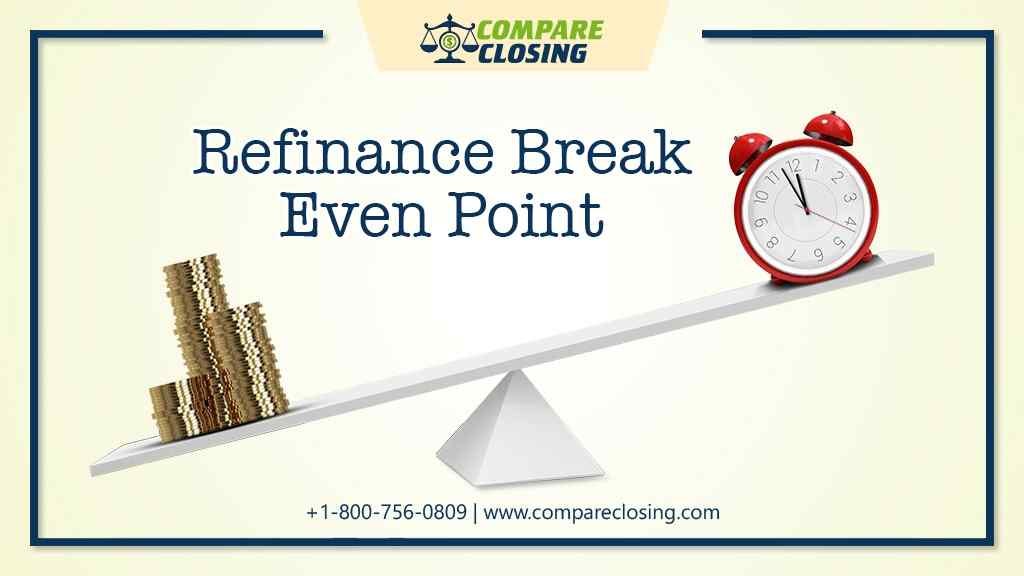
About Refinance Break Even Point
When you refinance a home there are a bunch of fees involved and as soon as you finish your refinance you basically lose money or are in the hole.
The good news is, usually when you refinance you do it get a lower interest rate, and over time instead of losing the money, you’re actually saving money with a refinance.
In this post, we will learn what the mortgage refinance break even point is and how to calculate it.
What is a Refinance Break Even Point?
Refinance break-even point means the point in time at which the costs of refinancing are justified based on the saving that you are going to get from the refinancing.
It is the time that is taken to recoup the cost that you have incurred for refinancing. The refinance break-even point could be different for different people.
It completely depends on the loan amount, and costs involved in refinancing the mortgage. Every lender would have different terms, closing costs, and interest rates when it comes to refinancing the same mortgage.
Hence it is always suggested to compare quotes from multiple lenders so that you can get to a refinance break-even point more quickly which could make great financial sense.
For you to make financial sense while refinancing your mortgage, the shorter the refinance break-even point better it would be.
If the refinance break-even point is four years and if you are planning to move before 4 years it would not make any financial sense to refinance your mortgage.
However, if you are planning to stay put in the house for over 4 years you might consider refinancing as an option.
How to Calculate Mortgage Refinance Break Even Point?
The calculation for deriving a refinance break even point is quite simple.
First, you take the amount of investment that you need to make, in other words, your closing costs, and divide it by how much you intend to save each month.
This will give you the total number of months it would take to reach the refinance break-even point.
Experience shows that if you plan to stay in a home for the long term, and that refinance break-even point is less than 48 months, it would make great financial sense to refinance your mortgage.
However, if the breakeven period is longer than a reasonable period than what you expect to be in that loan, you might want to reconsider the refinancing option.
For example, if a lender is refinancing with the cost of $5000 and the monthly savings if you are refinancing is $315, the simple calculation is 5000/315=15.87.
This means if you refinance with the lender, the refinance break-even point would be 16 months which is a great option if you are planning to stay in the home for more than 16 months.
If you are planning to move the home in less than 16 months you might want to reconsider your option for refinancing.
Conclusion
Typically, it would take from a minimum of 24 months to three years at the most to get to a refinance break-even point.
Any time the refinance is giving a break-even point in less than 12 months it is certainly a no-brainer.
There are also options where there is no closing cost which means you get to a refinance break-even point right away which also makes great financial sense.
Refinance break-even point should be given serious consideration when you are making financial decisions.
There are times when someone can make a bad decision if they only focus on how much they can save monthly, or they could make a bad decision if they are only looking at the expense of a transaction.
The refinance break-even point analysis is the relationship between those two items and gives you a clear picture as to the value of refinancing.
https://www.compareclosing.com/blog/what-is-the-refinance-break-even-point/
Comments
Post a Comment